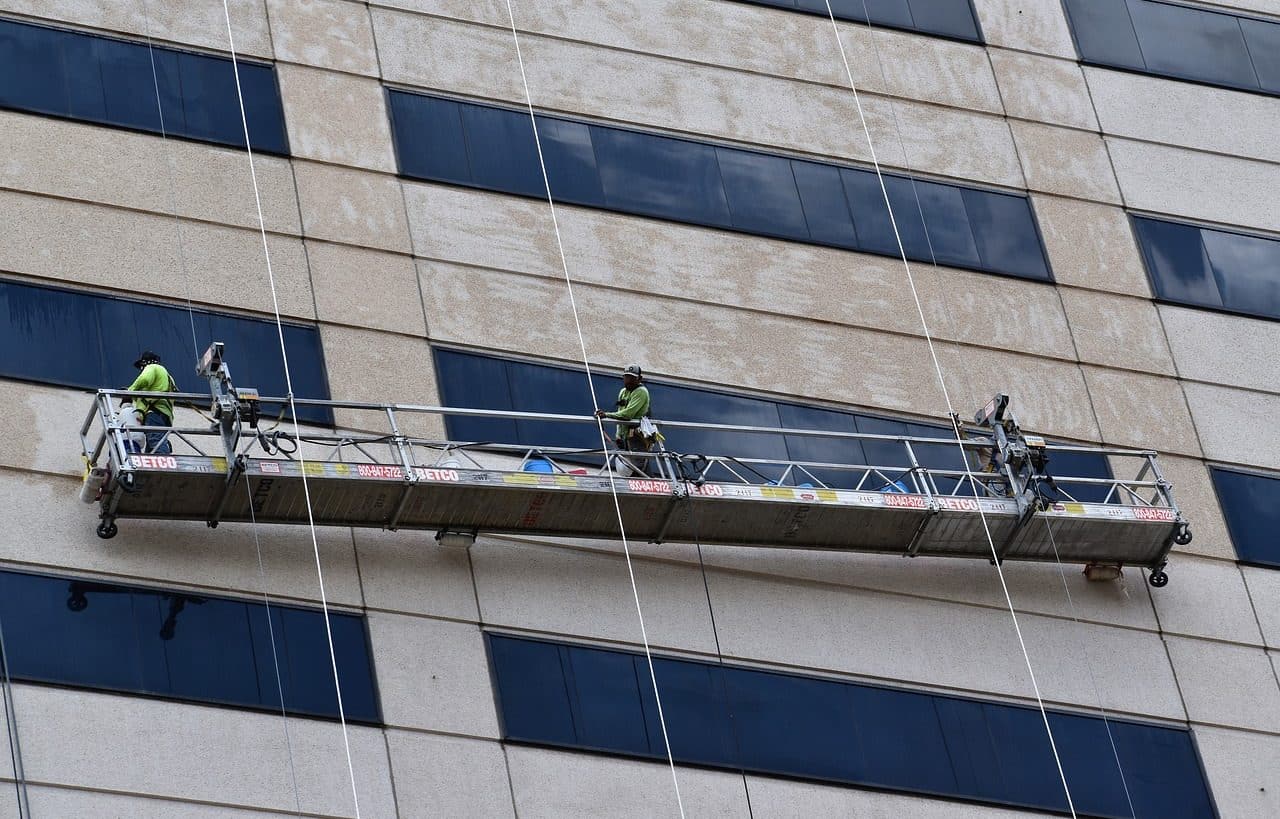
Occupational risk is associated with the probability of suffering an accident or damage while working.
Occupational risk is a notion linked to safety at work. In a job, there is a greater occupational risk when there is a high probability of an accident or health problem occurring.
It should be noted that the concept of risk is related to the proximity, contiguity or imminence of possible damage . The notion, in this way, is associated with the possibility of damage occurring. Labor , on the other hand, is something related to work .
Different levels of occupational risk
The person who works in the administrative sector of a company, answering telephone calls and answering emails in an office, is exposed to a reduced occupational risk: it is unlikely that they will suffer a deterioration in their health due to the work activity they carry out.
On the other hand, the coal mine worker , the journalist who performs duties as a war correspondent, or the scientist who handles radioactive materials are people who must deal with significant occupational risks. A human error or a structural failure, in fact, can cost them their lives.
It should be noted that workers are protected against occupational risks, both with safety mechanisms and specialized clothing and through the coverage provided by an insurance company.

Occupational risk depends on the activity.
Classification according to type
Chemical occupational risk
Certain chemicals are dangerous even to people trained enough to handle them responsibly. That is why it is necessary to take certain measures to eliminate or reduce the chemical risk , since the consequences can be of a very varied severity, ranging from mild to lethal.
Psychosocial occupational risk
In general, poor working conditions carry strong risks for the health of workers, which can be manifested through respiratory, cardiovascular, immunological, dermatological, gastrointestinal, endocrinological, mental and musculoskeletal diseases. Poor organization of tasks by a company can also generate stress in employees, given the feeling of not being able to fulfill obligations on time.
Biological occupational risk
This section includes all activities that expose workers to allergies, toxicity or infections of any type. This is related to chemical risk, and can exist in various areas, even the less obvious ones; For example, certain products used in hair salons to treat hair can be very harmful to the respiratory system, especially if the premises are not adequately ventilated.
Electrical occupational risk
This is one of the most common in most work environments, although the danger of using electricity is generally not taken into account . It is very important to identify all tasks that may expose workers to this risk, either accidentally or through activities that are specifically based on the manipulation of high- voltage devices or connections.
Risks that affect the senses
Among the risks most difficult to notice or measure are those that cause harm to us through our senses. For example, poor lighting in the workplace can cause headaches, eye fatigue, stress and, consequently, unnecessary accidents ; As if that were not enough, it can also have a negative impact on the attitude of workers.
Noise is another of the enemies of every worker. Firstly, it may require inappropriate use of the voice to make oneself heard by other people; But the worst consequence is deafness , a risk in many workplaces where noise is common.
The instability
The notion of occupational risk, on the other hand, can refer to the instability that exists in a job in terms of maintaining the source of employment.
If a company of one hundred workers fires forty, the sixty that remain may feel that they are in an occupational risk situation.
